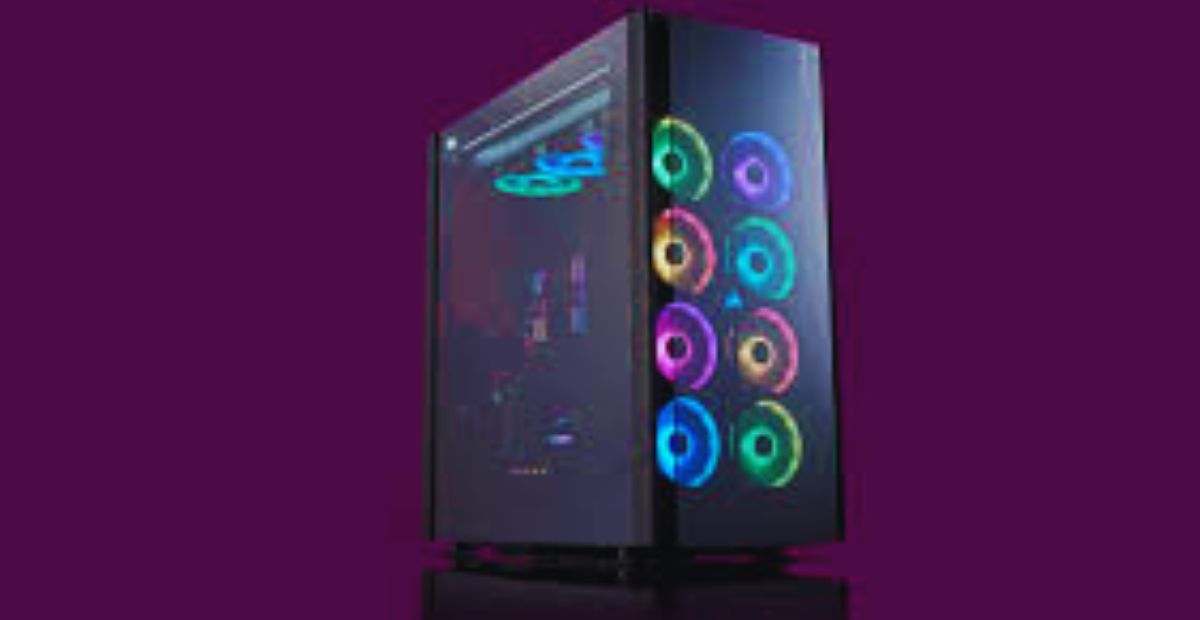Building a custom PC can be a rewarding and cost-effective way to get the performance you need for gaming or work. Whether you’re aiming for ultra-smooth gameplay or powerful productivity, assembling your own computer gives you complete control over the components, budget, and aesthetics. This guide will walk you through everything you need to know to build your own custom PC.
1. Define the Purpose of Your PC
Before selecting components, decide how you plan to use your PC. Gaming PCs focus on graphics performance and high frame rates, while workstations prioritize multitasking and processor-heavy tasks like video editing, programming, or 3D rendering. Your purpose will influence the type of hardware you need.
2. Set a Realistic Budget
Determine how much you’re willing to spend. Gaming builds can range from $800 to $3000+, depending on your performance goals. Workstation PCs may require more investment in CPUs and RAM. Allocate your budget across key components, ensuring balance so no part bottlenecks the system.
3. Choose the Right Components
Here’s a breakdown of the essential parts:
- CPU (Processor): The brain of the PC. AMD Ryzen and Intel Core are popular choices. For gaming, a high clock speed is crucial; for work, core count matters more.
- GPU (Graphics Card): Crucial for gaming and visual workloads. Nvidia’s RTX series and AMD’s Radeon cards are top-tier options.
- Motherboard: Make sure it’s compatible with your CPU (socket type) and has the features you need (Wi-Fi, M.2 slots, USB ports).
- RAM (Memory): At least 16GB for gaming and 32GB or more for professional workloads.
- Storage: Combine SSDs for speed (NVMe preferred) and HDDs for bulk storage.
- Power Supply Unit (PSU): Choose a reliable PSU with enough wattage and at least 80+ Bronze certification.
- Case: Pick a case that fits your components and allows good airflow. Also consider cable management and aesthetics.
- Cooling System: Most CPUs come with stock coolers, but aftermarket air or liquid coolers improve performance, especially if you plan to overclock.
4. Assemble Your PC
Take your time and follow safety precautions, like grounding yourself to avoid static discharge.
- Install the CPU, RAM, and cooler onto the motherboard.
- Mount the motherboard into the case.
- Install the GPU, storage drives, and connect all power cables.
- Double-check connections, especially to the PSU and front panel buttons.
- Power on the system to check if it boots. If not, troubleshoot component connections.
5. Install the Operating System and Drivers
Use a USB drive to install an operating system like Windows or Linux. After installation:
- Download and install the latest drivers for your GPU, motherboard, and peripherals.
- Update the BIOS if needed for compatibility or performance improvements.
6. Optimize and Maintain
Once set up, optimize your system:
- Use built-in tools or third-party software to monitor temperatures and performance.
- Keep drivers and your OS up to date.
- Clean your PC regularly to prevent dust build-up and overheating.
Final Thoughts
Building a custom PC for gaming or work gives you the flexibility to choose performance, aesthetics, and upgradeability according to your needs. With careful planning and a bit of patience, anyone can assemble a powerful and personalized system. Whether you’re diving into the latest games or running complex software, a custom-built PC can be a reliable and satisfying investment.
